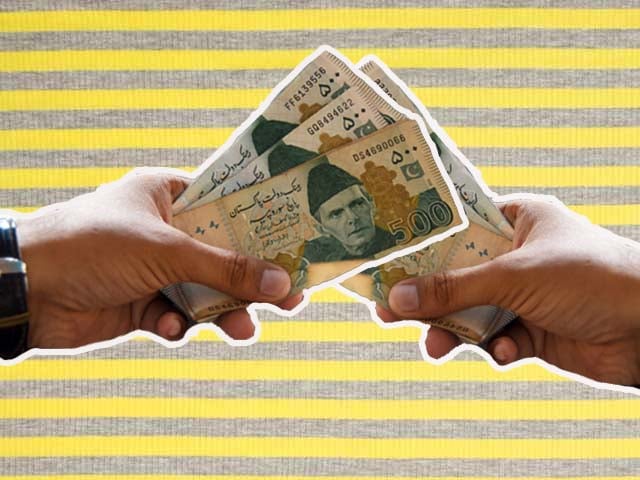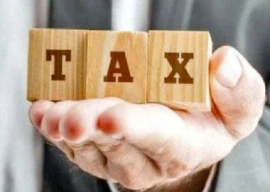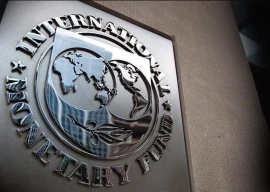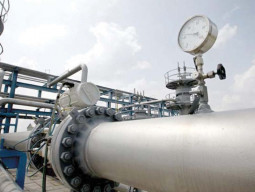
The government has announced plans to increase power tariff by Rs5.65 per unit, an estimated 40% increase. Gas utilities have asked for similar or even higher increase in their tariffs.
In this space, we will examine the non-tariff options to deal with problems of rising cost and circular debt, which has forced the government to propose the increase in power tariff. Over-capacity and high cost agreements will have a long shadow over the current and future tariff issues. However, reforms are overdue. Without undertaking reforms and increasing efficiency, the tariff hike alone may prove to be counter-productive.
It would be a political and economic risk to try to eke out all circular debt from consumers. As a rule, any capacity payments under capacity utilisation of 60-66% cannot be passed on to consumers, until the economy starts growing at a pace of 7% or so.
To the extent of under-utilisation of capacity, ways and means would have to be found to finance part of its adjustment through refinancing, debt rescheduling and passing some burden to provinces. Some improvements in capacity utilisation should be possible by removing transmission and distribution (T&D) constraints as well.
Reduce power tariff, electricity demand will increase. This is the most controversial yet a subject with great potential. This is reverse of the increase in power tariff.
If this is not true for the residential consumers, it should be true for the commercial and industrial sectors. By increasing demand and thus increasing capacity utilisation, the unit cost will decrease with its impact on circular debt.
Had serious work been done on this aspect, perhaps, the IMF would have been less relentless in pursuing its demand for a large tariff increase. The recent IPP agreement is a welcome step. These concessions are, however, for the longer term benefit and do not help bridge the current revenue shortfall.
Finally, Nepra should fast track institutionalising these adjustments into a permanent framework. Main issues are revised rates of return on equity (ROE) at 12%, interest rates and risk margins.
It is highly inequitable that G2G projects, which normally enjoy sovereign guarantees, have the same return and debt terms as given to the normal commercial contracts, which face higher risks. Softer lending rates should be required for G2G projects in which normally capital expenditure (capex) is higher due to the lack of competition. We are suffering from a capacity glut. The least that can be done is to advance the schedule of new projects.
Distribution firms
Putting the distribution companies (DISCOs) right should be on top of the agenda along with doing away with the inefficient generation companies (Gencos). On the DISCOs and T&D side, major improvements and reforms are required, which is almost half of the problem.
T&D losses are high and almost stagnant at 18.3%. There is an issue of receivables of around Rs1 trillion as well, although, allegedly, receivables are exaggerated to reduce losses and enhance the balance sheet appearance.
Many reforms have been discussed and are overdue like reducing the geographical size of loss-making companies like Pesco and Mepco. Privatisation, either as leasing, management transfer or outright sale has been discussed for a long time. Time has arrived to implement any viable scheme.
Unfortunately, the revival of Pakistan Electric Power Company (Pepco) has been put off. Pepco could have provided the much-needed intermediary layer for a technical and management role, which is currently occupied by the ministerial bureaucracy.
Much hope is being tied to the new independent boards, which are neither independent nor effective.
Two hours of meetings of a motley crowd of experts and vested interests cannot possibly replace an effective supervisory role that can be offered by Pepco or give it a new and better name with enhanced role to include Gencos and a strong technical component.
There are some technical issues as well, which require immediate attention for improving DISCOs’ performance and reducing theft.
Smart distribution transformers (DT), with smart meters installed on DTs, have been discussed, offering tremendous efficiency improvement opportunities at a smaller cost than installing smart meters at consumer prices, as proposed by the Asian Development Bank.
They will provide an electricity accounting framework on geographically locating theft and losses to manageably smaller areas covered by DTs. K-Electric has done it and is reaping its benefits. USAID has already provided a nucleus through its pilot projects at Mepco and Pesco, which being high-loss companies should have been selected in the first place instead of Lesco and Iesco.
With the installation of two capital-intensive nuclear power plants of 1,100 megawatts each, there should be some action on shutting down the inefficient Gencos.
Ultimately, the open market and competition will open the doors for cheaper gas and electricity, it is argued by many. However, it is a long-term and time-taking issue.
Competition
Nepra is working on the Competitive Trading Bilateral Contract Market (CTBCM), which has many inadequacies and issues. With or without CTBCM, there should be no constraints on introducing wires-only model in DISCOs. This will simplify complications of privatisation.
Some competition can be introduced, without waiting for CTBCM and its implementation, under solicited bidding and by doing away with unsolicited projects, which are partly a source of many vices.
There has always been a fear in going for competition. Had this not been the case, our plight could have been better.
Similarly, all talk of replacing “take and pay” instead of the current “take or pay” is simplistic. Take and pay works in competitive markets where the price is determined by competition. Decreasing capacity utilisation from 80% to 60-66% under the take-and-pay model has no practical cost reduction impact.
Reforms are due in the Integrated Generation Capacity Expansion Plan (IGCEP). The plan has been made under three assumptions of economic growth of 4-7%. Current growth rate is 3% and is likely to remain low due to the Covid debt and other issues.
Despite these changes, project approval continues to be uninfluenced. Its time horizon should be reduced to 10 years and yearly adjustments should be made in a 10-year rolling plan. Poor should be our focus and priority in drawing any financial scheme. There is a case for introducing direct transfer of power and gas subsidies to the poor consumers. This can be introduced under the Ehsaas programme and financed under the general budget and debt.
It may have acceptability from the IFIs and may help in reducing the proposed increase. There are other proposals of linking tariff subsidies to localities and plot sizes rather than consumption alone. It may add complexity but may release some resources for passing them to the poor.
The writer is former member energy of the Planning Commission and author of several books on Pakistan’s energy sector
Published in The Express Tribune, March 29th, 2021.
Like Business on Facebook, follow @TribuneBiz on Twitter to stay informed and join in the conversation.




1725967717-0/Untitled-design-(3)1725967717-0-165x106.webp)














COMMENTS
Comments are moderated and generally will be posted if they are on-topic and not abusive.
For more information, please see our Comments FAQ